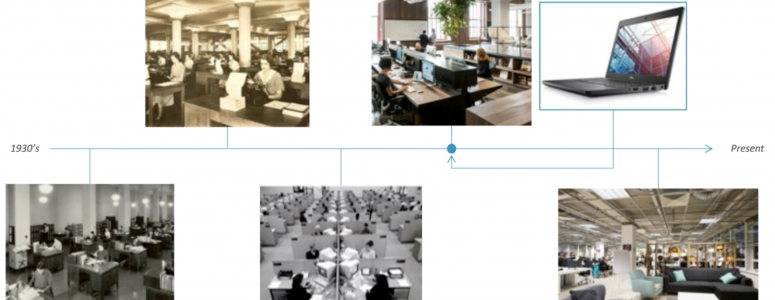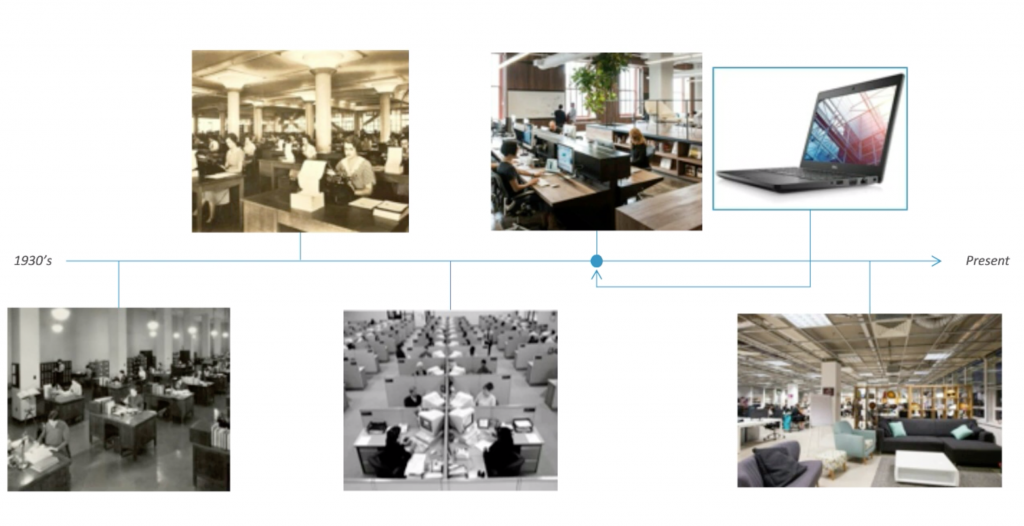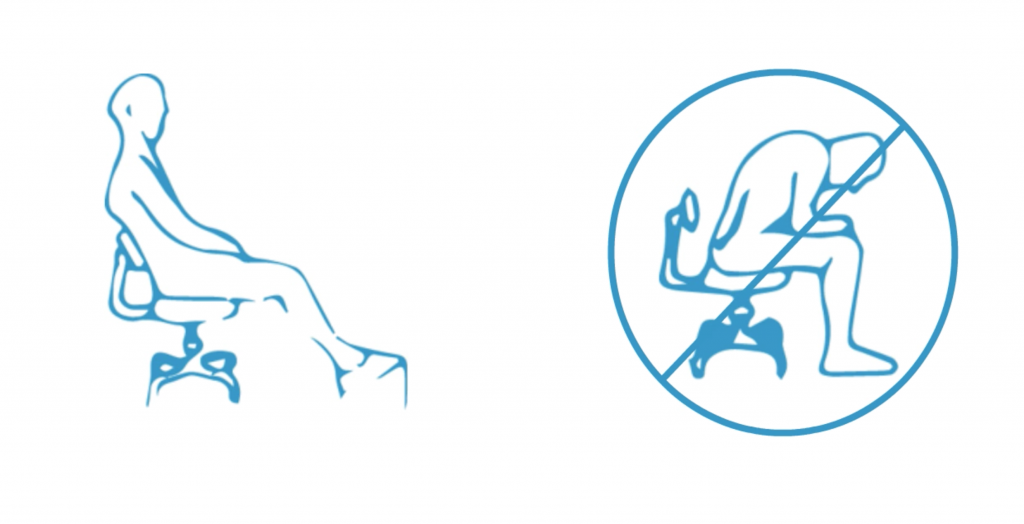
This is the first post in our Library Seating series, as we explore the role seating plays in a library and how to effectively furnish a space to support actual patterns of use.
Chairs are a crucial part of any public space. They’re the supporter of conversation, the foundation of long study sessions, and the advocate for time spent in a good book. And when they’re designed with intention and thought, quality chairs provide comfort, focus, and longevity.
But let’s start at the beginning: How did we get into the practice of sitting? How did chairs become such a staple for public spaces? And how can they promote healthy posture?
A Brief History of Seating
By no means is this an extensive overview of the history of seating, but it’s interesting to walk through where we’ve come from and how it influences where we are today.
As far as we know, sitting seems to have always been a part of how humans interact with one another and even express social status. Interestingly, the very first chairs that we have documented are from Ancient Egypt. These chairs originally were only for royalty, and were used to express position of importance.

Through Greek and Roman history, we see the structure and style of seating continue to advance. With the addition of seat backs and intricate designs, these cultures also provided the basis for what seating design would be based off of in the 18th, 19th, and 20th centuries. Nevertheless, we also see in many of these societies that the table-and-chair style we’re used to wasn’t always an essential part of their culture. For example, in Greco-Roman history and in Eastern cultures, laying down for banquets and for certain meals was typical.
While there are a lot of other details and cultures we could explore, in more modern times we start to see how the struggle between form and function in furniture started to take place (which we look into further in Part 4 of this series).

Starting in the 18th century, aesthetic and form really started to become the focus for furniture designers. This deepened in the 20th century, when designers began experimenting with new materials, but really neglected the needs of the human body. What resulted were some visually interesting pieces of art that didn’t necessarily take into consideration the importance of posture.
At the same time, particularly in workplaces across the country, there was a different focus. Influenced by the Industrial Revolution, a factory-style of work became the norm, as people worked in cells and function really was the driver behind furniture design.
And to bring this all the way to the world we now live in, where most everything is mobile, we’re really able to perform tasks from any location. But the tension between form and function continues as modern libraries, universities, and workplaces design their spaces.
So the questions become: What are the best ways to work? As we furnish or update our space, what do we need to keep in mind? How can we unite both form and function in our library chairs and library furniture overall?
Why Does Function Matter? (The Science of Posture)
Let’s get practical. This series is about library chairs. And one of the key points of conversation around the design of library seating is simple: posture. How do we create opportunities through seating to promote healthy body positions and avoid negative body positions?

You’ve probably heard it before, but good posture is really important! Negative body positions that are held for a long period of time will eventually cause unhealthy stress on our body, and affect the alignment of our spine. According to the American Chiropractic Association, you often see this in people who bend forward at the waist for a prolonged time in the workplace as their postural muscles are more prone to injury and back pain.
Not only does poor posture affect our bodies, but also our comfort. If our body is not naturally supported in the ways it’s supposed to be, our productivity and length of work will be directly affected. This is why it is so important to have library chairs that are actually designed for the specific activity they’ll be used for. In Part 3 of this series, we’ll dig into how to pair the correct library chairs with activity patterns that take place in your space.
We often see poor posture promoted in public spaces when upright chairs or lounge chairs are paired with the wrong height table. Most commonly, this occurs when people pair a lounge chair (deeper and slightly reclined) with a standard 29” table. This makes it difficult for patrons to comfortably utilize the furniture provided. In contrast, standard height tables should always be paired with upright sit library chairs rather than a lounge library chair.
But it comes down to this: Chairs matter. They affect our bodies. They affect our productivity. And they can make or break the experience we have in a public space.
So as we continue to explore through this Library Seating series how to effectively furnish a space, this is the foundation we should start from. We want to uncover how we can unite form and function to create the best overall experience for our patrons.
NEXT POST | Furnishing a Space: How to Observe & Investigate Patterns of Use
